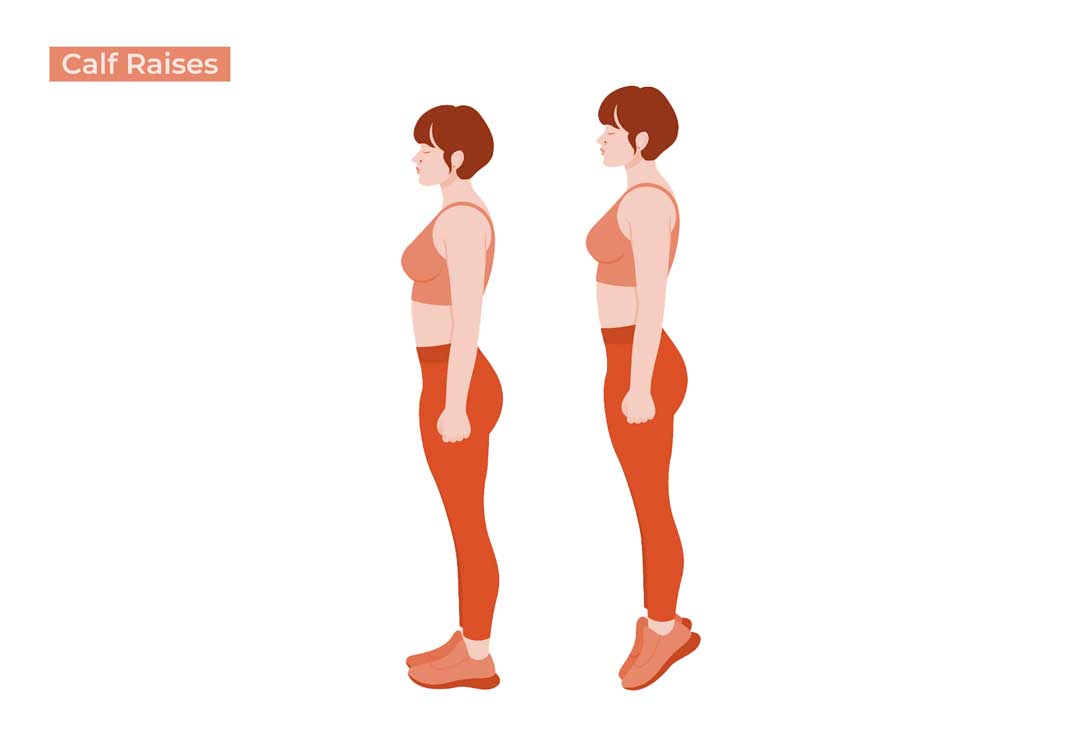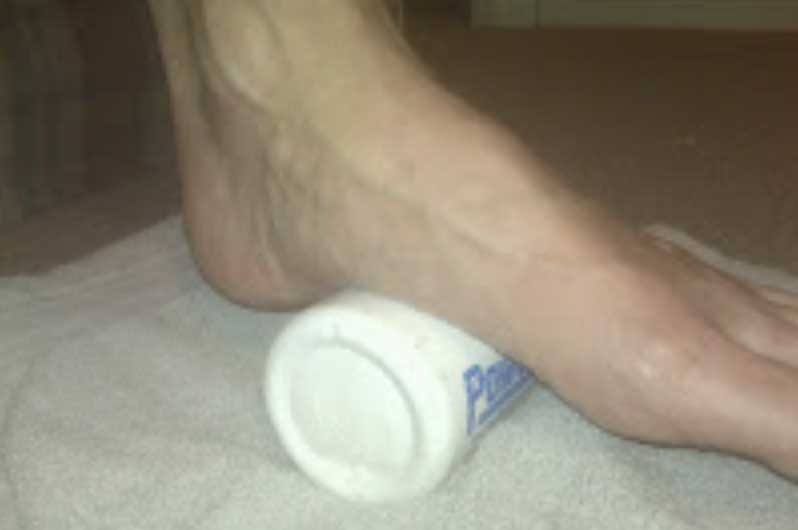Every day and week you will find patients that have weak achilles tendons. As you have learned, there are actually 2 types of weakness. When the achilles is too tight or too loose, its electrical charge is disturbed leading to less power to do its job. Yet today, let’s take the basic case of a patient who fails your achilles strength testing. The average patient, from 5-6 to 90 should be able to do single sided 25 straight knee and 12 bent knee calf raises. This will indicate to you that they have normal power in their activities for normal activities, even training for long distance walking, running a marathon, or going dancing on a Saturday night. They are strong, and should stay strong. I check my patients routinely, even when they previously had passed the test. I want their achilles strong.

Let’s take a look at a patient presenting to your office with heel pain. Without much thought, this patient has plantar fasciitis until proven otherwise. They are started with QuickTape™, icing, and calf stretches. This is typically an excellent way of starting a great plantar fascial/heel pain program. Yet, the patient comes back still in pain. Your examination of the heel reveals no obvious swelling, but more plantar tenderness than at the attachment of the plantar fascia at the medial calcaneal tubercle. Here is a video for those not used to heel examinations (apologize to the rest of you).
This particular patient did have some soreness at the medial calcaneal tubercle, but most of the pain was plantar. I think I palpated a bursae, but when I did gait evaluation I asked them to walk normally first, then walk on the ball of the feet, and finally only on their heels. Heel walking was impossible, whereas normal walking and metatarsal walking was fine. This is a good indicator of bursitis or calcaneal problems. The other finding, which is not present in everyone with this problem, was a difficulty walking on the ball of the feet especially on the side with the heel pain.
Anytime a patient has a version of a bruised heel (from a stone bruise or deep blister, to an infracalcaneal bursitis, to a calcaneal stress fracture), I want to know what caused the plantar heel to have so much stress to cause this injury. Overstriding in a runner can produce that, but spending too much time in heel contact phase is a big cause.
My next test for the patient was Single Leg Heel Raises (aka Calf Raises). I am testing the basic strength of the achilles tendon. I ask the patient to perform as many heel raises first with their knees straight (gastrocnemius testing) and then with their knees bent (soleus testing). The ideal tone you want to see should enable the patient to perform 25 single leg straight knee calf raises and 12 single leg bent knee calf raises. This particular patient could barely do 5 straight knee and 2 bent knee calf raises. Achilles Weakness Documented.
This patient was treated with PT for both strengthening and anti-inflammatory measures. When I measured achilles flexibility and found over flexibility also, I stopped any stretching. My orthotic device was a KevinRootMedical P13
However, with heel pain patients like this, I remove the rearfoot post and double the thickness of the top cover to 3 mm Neolon. It took 3 months of strengthening to get to 12 straight knee and 6 bent knee, with home 10-15 minute ice bucket heel plunges 1-2 times daily for about 6 weeks, and 12 PT sessions to have the patient really feeling better. I kept the patient in running shoes with heel elevation (they preferred zero drop) for a year total. Zero drop holds the weight on your heel more than a standard elevated heel.
The patient was seen monthly for pain, flexibility, strength testing, and activity advice. The strength took longer than the inflammation to rebalance, and you have to emphasize the cause and effect of weak achilles putting too much pressure on the heel by delaying heel lift. Therefore, they were out of pain completely at 5 months in this case, were back to full activity at 4 months where they could maintain 0-2 pain levels throughout the day, total re-strengthened by 9 months with the 25/12 gastroc/soleus ratio, and 13 months to get my achilles flexibility measurements in a normal (not overflexible) range of 10-12 gastroc and 15-18 soleus.
When the pain was resolving, I added a rearfoot post to a second pair of P13s, and even added an additional 1/4 inch heel lift to help shorten the over-stretched achilles. Also, as the pain initially dropped at 6 weeks, I had the patient switch from the more generalized ice bucket routine, to a 5 minute ice massage focusing only on the plantar heel.







